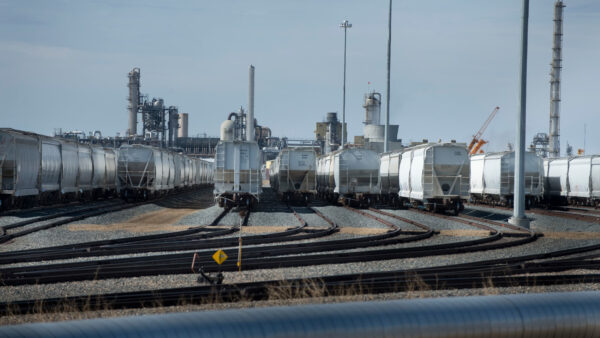The project team building the bridge that collapsed in Miami last Thursday (15 March) met that same morning to discuss a crack that had appeared on the bridge, but team members concluded that there were no safety concerns, it has emerged.
Hours after the meeting, the pedestrian bridge’s 174-foot, 950-ton span crashed down onto the busy eight-lane thoroughfare below, killing six people in cars and injuring nine. It had been lifted into place by a method called “Accelerated Bridge Construction” only five days before.
Questions are also being raised over work by construction crews who were post-tensioning cables that ran inside a diagonal beam at the north end of the structure at or close to the time of the collapse, according to reports.
The revelation of the meeting’s topic was made by Miami’s Florida International University (FIU) in the early hours of Saturday, 17 March. The bridge was being built for FIU, and FIU was involved in the project delivery.
FIU’s statement followed the Florida Department of Transportation’s (FDOT) revelation on the Friday night that the bridge’s lead engineer, an employee of the bridge’s designer, FIGG, had warned of cracking on the north end of the span by telephone two days before the collapse, but his voicemail was not heard by the intended FDOT employee until the day after the collapse.
Neither in the telephone call nor during the Thursday morning meeting did the engineer raise life-safety concerns over the crack.
Investigations are ongoing, and it is not known whether the crack contributed to the collapse.
In its statement released 00.10hrs on 17 March, FIU said:
“On Thursday morning (March 15, 2018), at 9:00 a.m., the Design Build Team of MCM [the contractor] and FIGG, convened a meeting at the MCM trailer, located on the construction site, to discuss a crack that appeared on the structure.

Senator Marco Rubio’s tweet on the evening of the collapse
“The FIGG engineer of record delivered a technical presentation regarding the crack and concluded that there were no safety concerns and the crack did not compromise the structural integrity of the bridge. This meeting lasted approximately two hours and included FIU and FDOT representatives.
“The investigation is ongoing to determine the collapse of the bridge, and FIU is fully cooperating with all authorities to understand what happened.”
Questions over the post-tensioning emerged in the evening of the collapse, and were prompted by information the US National Transportation Safety Board provided to local members of Congress, reports The New York Times.
Florida senator Marco Rubio, who is an adjunct professor at FIU, tweeted at 8.23pm that day: “The cables that suspend the ‪#Miami bridge had loosened & the engineering firm ordered that they be tightened. They were being tightened when it collapsed today.”
The tightening of the cables was referred to as a “stress test” by Miami-Dade Mayor Carlos Gimenez, reported USA Today, raising questions over this exercise’s possible role in the collapse.
In its Saturday statement, FDOT claimed not to know of any “stress testing”.
“The department was also not made aware by the FIU design build team of any scheduled ‘stress testing’ of the bridge following installation and has no knowledge or confirmation from FIU’s design build team of ‘stress testing’ occurring since installation,” FDOT said. “Per standard safety procedure, FDOT would issue a permit for partial or full road closure if deemed necessary and requested by the FIU design build team or FIU contracted construction inspector for structural testing.”
Top image: Aerial view of the accident site soon after the bridge collapsed (Miami-Dade Police aviation unit via Twitter)
Comments
Comments are closed.











It is very disturbing to realize that this procedure was done in the middle of the week and in the middle of the day, in one of the areas in Miami-Dade county in which the traffic is the heaviest at all times. The construction company or the engineer company failed to comprehend the risk involved and 6 people are deceased, when all they need to do was close the street and work in a safety area.